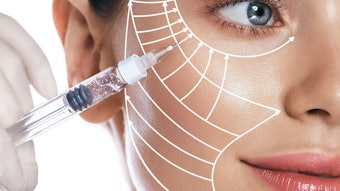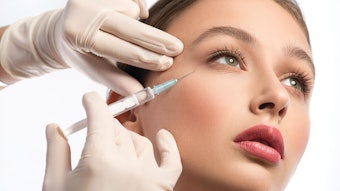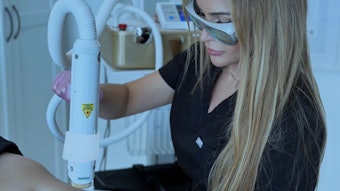
It has been more than 50 years since Retin-A first gained approval for the treatment of acne. In the years since, topical derivatives of vitamin A have found wide applicability in aesthetics for indications including acne, photoaging and pigmentation concerns. This article will summarize the prescription and non-prescription vitamin A-derived actives currently used in aesthetic medicine and dermatology.
All-trans retinoic acid is the major biologically active form of vitamin A. The actions of vitamin A and its cellular metabolite, all-trans retinoic acid, in skin include:1,2,3,4
- Epithelial growth and differentiation
- Skin barrier functionality
- Collagen synthesis
- Wound healing, all stages
- Antioxidant activity
- Anti-inflammatory activity
The molecular structure for retinoic acid is: Retinoic acid
Actions, Preparations and Side Effects
All topical retinoids share common activations on many nuclear receptors, including RAR (retinoic acid receptor) and RXR (retinoid X receptor), thus accounting for their similarities in functionality and toxicity. They regulate epithelial cell growth and proliferation via receptor activities and intercellular communications. Topical retinoids have similar potential side effect profiles that are concentration and dose dependent.
The ‘retinoid reaction’ is a description of the most frequent and common adverse reaction seen with these compounds. It is an irritative response with pruritus, burning, itching, peeling or flaking, and erythema. This reaction is related to the release of pro-inflammatory cytokines during the first weeks of use.
Photosensitization can occur at the beginning of therapy but fatigues after a few months. Sunscreen use and sun avoidance are advised at the initiation of use.
Topical retinoids are available in cream, gel, lotion and liquid forms.
Continue Reading on about retinoids and retinols in skin care in our Digital Magazine...
Charlene DeHaven, MD, is the clinical director of Innovative Skin Care in Burbank, California.











